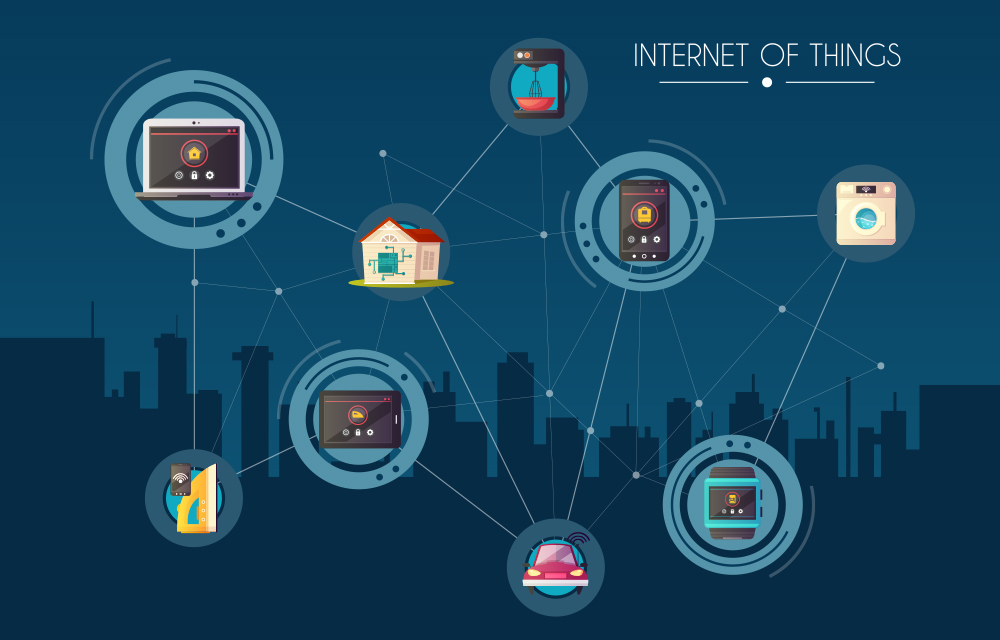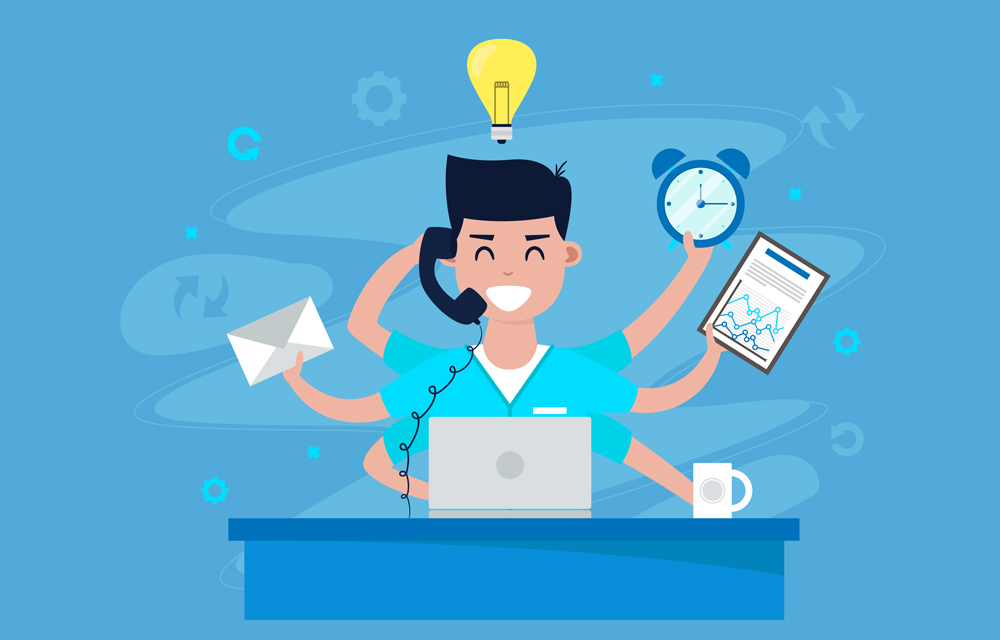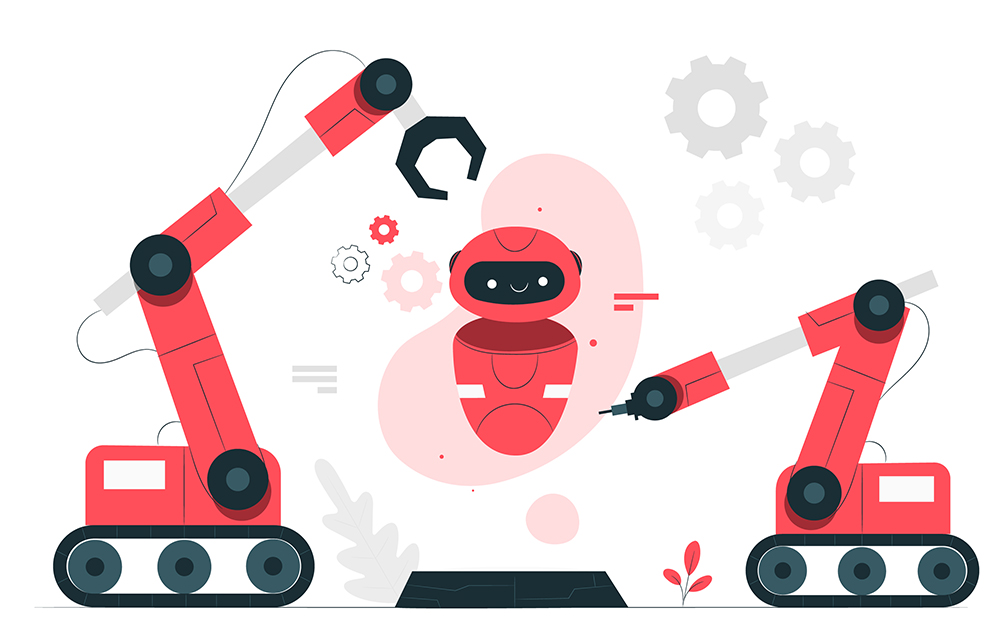It's important to acknowledge the vital role played by administrative professionals in the success of any busi...
Brickwork Blogs


Introduction
In an era defined by technological innovation, the Internet of Things (IoT) stands out as a transformative force reshaping the way we live and work. As our world becomes increasingly interconnected, IoT has emerged as a pivotal technology, weaving a seamless web of communication between devices, systems, and people. This blog aims to delve into the intricate realm of IoT, shedding light on its significance and, more importantly, exploring the strategies that make its application truly effective.
As we navigate through this exploration, we will discuss the critical role IoT plays in the modern technological landscape. Its impact is felt across diverse sectors, from healthcare to manufacturing, agriculture to smart cities. The ability of IoT to enhance operational efficiency, streamline processes, and elevate data-driven decision-making is unparalleled, making it a cornerstone in the digital transformation journey of businesses and organizations worldwide.
1. Understanding IoT Technology
A. Definition and Basic Principles of IoT
The Internet of Things (IoT) is not merely a buzzword; it represents a fundamental shift in how devices communicate and collaborate to create a more interconnected and intelligent world. Fundamentally, IoT denotes the interconnected system of physical entities, often termed "things," integrated with sensors, software, and connectivity, facilitating the collection, and sharing of data.
These entities encompass a spectrum, ranging from commonplace items like thermostats and refrigerators to advanced machinery in industrial settings or comprehensive smart city infrastructures.
B. Components and Devices Involved in IoT Ecosystems
To comprehend the intricacies of IoT, it's essential to identify the key components and devices that constitute an IoT ecosystem. This includes edge devices (the "things" with embedded sensors), communication networks (such as Wi-Fi, Bluetooth, or cellular networks), cloud platforms for data storage and processing, and the central nervous system of IoT—gateways and edge computing devices.
Exploring the roles of these components will provide a holistic view of how data is collected, transmitted, and processed within an IoT environment. The synergy between these elements is crucial for the seamless functioning of an IoT ecosystem, ensuring that information flows efficiently from the edge to the cloud and back, facilitating real-time decision-making.
C. Examples of Industries Benefiting from IoT
The application of IoT technology extends far beyond consumer gadgets, permeating various industries and sectors. In this part of the blog, we will shine a spotlight on diverse examples of how IoT is making a substantial impact.
Understanding these examples will showcase the versatility of IoT and its transformative potential across a spectrum of industries, setting the stage for the subsequent exploration of how organizations can harness this technology effectively.
Examples of IOT gadgets
Here are some examples of IOT gadgets:
Did you know?
In 2021, many big companies in industries like manufacturing, healthcare, automotive, retail, and energy started using different IoT ideas. A detailed report from IoT Analytics talked about this. They interviewed over 200 companies who had done more than 1,600 IoT projects in the past few years. They found out where companies are spending money on IoT, which industries are leading, and which ideas are most profitable.
Oil, gas, and energy companies are leading in using IoT. However, for most companies, IoT is still just a small part of what they do. On average, these companies make about $9.6 billion but only spend $33 million on IoT, which is less than 1% of their revenue. Even though some ideas have been successful, like the top one adopted by 34% of companies, there's still a lot more potential for IoT to grow.
Key Benefits of Implementing IoT
Within the dynamic realm of technology, the integration of IoT (Internet of Things) emerges as a driving force for profound and transformative change. As organizations increasingly integrate IoT into their operations, a myriad of benefits emerges, fundamentally reshaping the way business is conducted.
A. Increased Operational Efficiency
One of the primary benefits of IoT implementation is the marked improvement in operational efficiency. By seamlessly connecting devices and systems, businesses can streamline processes, automate tasks, and reduce manual intervention. This not only minimizes the risk of errors but also accelerates the pace at which operations are executed. For instance, in manufacturing, IoT-enabled machinery can communicate in real-time, optimizing production schedules and minimizing downtime through predictive maintenance.
B. Enhanced Data Collection and Analytics
IoT generates an unprecedented volume of data from connected devices. This influx of real-time information empowers organizations to make data-driven decisions. By employing advanced analytics, enterprises can acquire valuable insights into consumer behavior, operational patterns, and market trends.
This, in turn, facilitates the identification of areas for improvement, innovation, and strategic planning. Whether it's analyzing customer preferences or predicting equipment failures, the wealth of data offered by IoT opens new avenues for informed decision-making.
C. Improved Decision-Making Processes
The actionable insights derived from IoT data contribute to more informed decision-making processes. With a comprehensive understanding of operations, businesses can identify inefficiencies, optimize resource allocation, and respond proactively to emerging trends.
Managers can rely on real-time data to make agile and well-informed choices, fostering a competitive edge in dynamic markets. In healthcare, for example, IoT-enabled devices provide healthcare professionals with timely patient data, facilitating quicker and more accurate diagnoses and treatment plans.
D. Cost Savings and Resource Optimization
IoT's impact on cost savings is significant. By automating processes, reducing downtime, and optimizing resource utilization, businesses can achieve considerable financial efficiencies. Predictive maintenance, for instance, enables organizations to address equipment issues before they escalate, minimizing repair costs and avoiding costly downtime.
Additionally, in energy management, IoT sensors can optimize consumption patterns, leading to substantial savings and a more sustainable use of resources.
Understanding these key benefits underscores the transformative potential of IoT in diverse business environments.
As we navigate through the subsequent sections, we will delve into specific industries and sectors where these advantages are realized, providing tangible examples of how organizations are leveraging IoT to drive efficiency, innovation, and sustainable growth.

Industries and Sectors Leveraging IoT
In the intricate tapestry of technological advancement, various industries and sectors have embraced the transformative potential of IoT (Internet of Things). From revolutionizing healthcare to optimizing manufacturing processes, IoT has become a cornerstone for innovation. In this section, we will delve into specific industries and sectors that are leveraging IoT to redefine their operations and achieve unprecedented efficiency.
A. Healthcare
B. Manufacturing
C. Agriculture
By examining these industries, we gain insights into how IoT is not a one-size-fits-all solution but rather a versatile technology tailored to address specific challenges and opportunities within each sector. The real-world applications discussed in this section serve as compelling examples of how organizations are leveraging IoT to drive innovation, enhance productivity, and pave the way for a more connected future.
Conclusion
In conclusion, the effective use of IoT technology requires a strategic and informed approach. By understanding its core principles, learning from real-world examples, and navigating through challenges, businesses can unlock the full potential of IoT, paving the way for a connected, efficient, and innovative future.
The journey towards effective IoT implementation is not a destination but an ongoing evolution—one that holds the promise of a smarter, more connected world.


